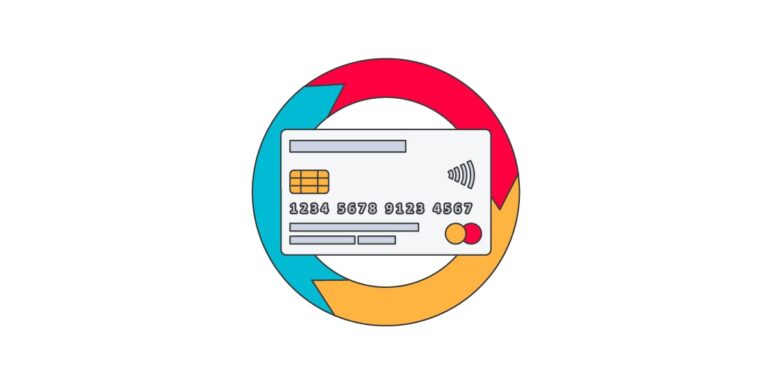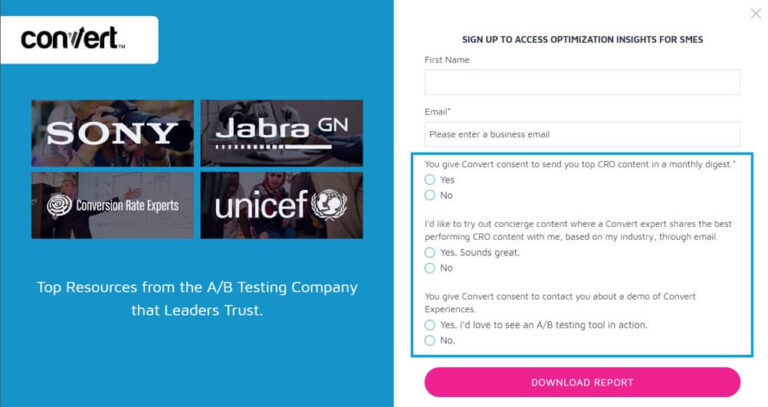“In accounts that get more of their traffic from phrase match keywords, they should expect an increase in their ad impression, clicks, costs, and potentially conversions with this change. With the ‘more broad phrase’ match, these keywords will be more flexible to reach traffic that they previously hadn’t.”
This is a pretty significant change, with upsides and downsides. Today, we’ll be covering everything you need to know about this upcoming change, including:
- A brief refresher on existing keyword match types in Google Ads.
- What is changing now that the modified broad match type is going away.
- What Google and the community are saying about the change.
- What you can do about it, with five actionable tips on what to do next.
Note here that advertisers will need to keep an eye on their budget because along with more clicks, costs could increase as well.
A refresher on match types
Irvine also shared his thoughts on the negative impact this change could have on reach, impressions, and more for some accounts.
Existing match types (before February 18)
Google mentioned that over the last year or so, they have made improvements to other match types as well. One being the broad match type. Now, broad match will look at additional signals (such as landing pages, keywords in your ad group) within an account to deliver more relevant searches. If you are nervous about the lack of volume in your account with these new changes, you can test out broad match keywords with smart bidding to help unlock new opportunities within your account. Just be careful that your search traffic with your broad keyword isn’t overlapping with search traffic in other ad groups/campaigns.
- Broad match: With broad match, as long as the search query is contextually similar to the keyword you are targeting, this could trigger your ad to show.
- Modified broad match: With modified broad match keywords, you choose specific keywords that are required for your ad to show, through the use of a plus sign. In other words, your ads will only show for queries that contain all of the words you precede with a plus sign in your keyword or phrase. However, order does not matter. Here are Google’s examples of modified broad match keywords:
Phrase match keywords are similar to modified broad in that your ad will show for queries that have your target keywords (in quotations) in the search query, but order does matter. Google had already opened this match type a bit more to consider intent as well.
- Exact match: For exact match, you would choose a specific phrase for which you want your ad to show—indicated with brackets. This is (as of 2018) with the exception of functional words within a user’s search query (such as “in,” “to,” and “for”), conjunctions (such as “and,” “but,” and “or”), articles (such as “a,” “an,” and “the”), misspellings, and other close variants.
Modified broad is going away—what has changed?
On February 4, Google made another in a series of announcements over the years about changes to the structure of its keyword match types (the last being in 2019). As of February 18, 2021, the phrase match type will be expanded to match to more search queries, and the broad match modifier option—which was introduced in 2010, and which allows advertisers to specify certain words (with a plus sign) that must be included in a search query—will be retired.
Google’s support page:Google’s help article, this change will “bring the best of broad match modifier into phrase match.” Google states that the reasoning for this is that both phrase match and broad match modified keywords “often serve the same use cases, and that you can reach more of the right customers through a combination of the two.”automated/Smart bidding—with Google having the control.Mark Irvine about this change, one of the initial concerns he brought to light was the growing sense of ambiguity around these changes.To understand what’s happening, let’s do a quick refresher on the existing match types and then compare them to the new match types.
In short, Brett said, “Google is doubling down on their technology and its ability to make ‘smart’ decisions for advertisers. The change can be good for many, while it may make it harder to really fine-tune ad groups for others.”
Now, when you input keywords for your ads, you will only have three options: broad match, phrase match, and exact match.…And the good news
Although phrase match will continue to keep intent in mind when it comes to the search traffic, it will be important to continue to use negative keywords to exclude matches you don’t want. Our phrase match keywords are going to open up to more traffic than it had before so evaluating your keywords and adding negatives should be a frequent task within an account. Note: phrase match negative keywords will stay the same!
Here are our five tips on what to do next.
Let’s get started.
Now more than ever it will be important to keep an eye on Google’s Recommendations specifically the add new keywords and remove duplicate keywords recommendations. Due to the changes in what would be captured with a phrase match keyword, you might want to consider adding in new keywords to expand your reach. Even more importantly, because modified broad keywords and phrase match keywords are now going to pick up the same traffic, you might run into more duplicate keywords within your account. This is very important for accounts that bid on the same keywords, but use different match types.
“This is the fifth time that Google’s changed its keyword match type rules (2014, 2017, 2018, 2019, and 2021), and every time, it has brought a lot of unpredictability to PPC advertisers and unearthed a lot of problems in accounts that are still following the best practices of yesteryear. What’s more interesting about this time, however, is that it’s harder to predict how advertisers will be impacted. In the past, we all knew that this meant more traffic on your keywords. This time around, that might not be the case.”
Existing match types in Google Ads include broad match, modified broad match, phrase match, and exact match.
“The change to phrase match and the phasing out of modified broad match appears to me to be another step in the automation direction for Google. They’ve consistently blurred lines between what were once very clearly defined match types. Whether through automated bid strategies or limited search terms appearing in the search terms report, it’s clear that they want you to rely on their recommendations.”How to navigate the sunsetting of modified broad match
This is a new change for all of us so we are in this together in regards to really seeing how this is going to play out in each account. It is important to continue to read what other advertisers are saying about the changes and take note of what you are seeing in your account to help share with others.
Brett McHale, founder of Empiric Marketing, LLC shared a similar mix of positive and negative outlooks on the situation:1. Look at Recommendations
According to Irvine, some accounts may see a positive impact.
spend. For keywords on modified broad, the traffic is going to be less than in the past and then keywords on phrase are more likely going to see more traffic come through. It will be important to keep an eye on budgets and adjust accordingly. This is particularly important for accounts that structure their campaigns or ad groups by match types. An account will most likely want to allocate more budget to campaigns with more phrase match keywords than they would with modified broad. Traffic will fluctuate so it is important to keep and eye on these fluctuations and make adjustments when needed.3. Continue to use negative keywords to block out bad traffic
“Accounts that get more of their traffic from modified broad match keywords may actually see a small decrease in their ad impressions, clicks, costs, and potentially conversions, as the new match type logic will prevent some of their keywords from matching to traffic in cases where the word order might matter. Additionally, BMM keywords that only used the + modifier on some of the words in their keyword will now require all those words to be included in a user’s search, which could significantly reduce reach.”
4. Stay up to date
Due to the aforementioned ambiguity of this change, there aren’t any clear-cut instructions on how to navigate or even prepare it. This is very much a wait-and-see-situation. However, Natalie Livingston, Team Lead on Customer Success at WordStream, has some foundational tips to consider for the time being.
5. Get familiar with automated bidding
As we already mentioned, the real impact of the sunsetting of modified broad match types will be more clear once the new logic is fully rolled out. In the meantime, take a look at your match types and account structure, check out Recommendations, continue to use negative keywords, and familiarize with automated bidding if you haven’t already done so.
Prepare for the new match type logic with these tips
How do you feel about the change? Let us know in the comments below.
Brett went on: “With that being said, it’s not necessarily a bad thing—a lot of these changes have been beneficial to the accounts that I manage, and this change will certainly make it easier for novice advertisers to understand keyword targeting as it simplifies the process. As with any change that simplifies paid media, the tradeoff is that you take control and complexity away from advanced users.”






